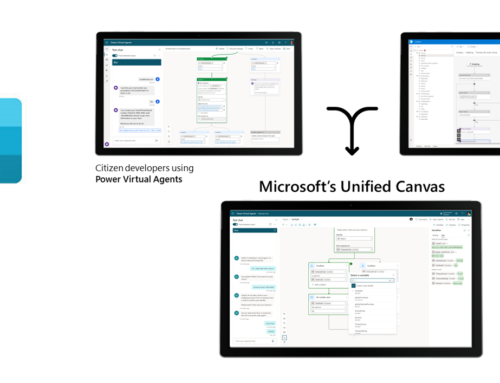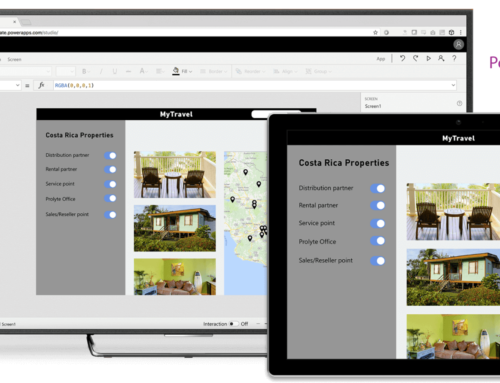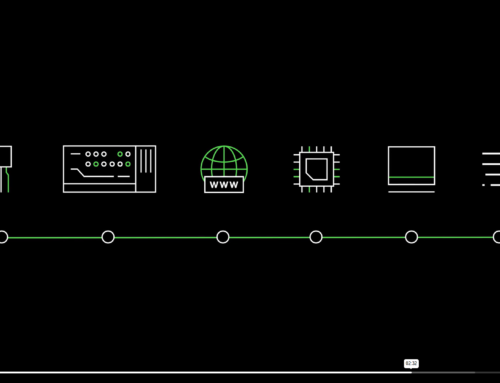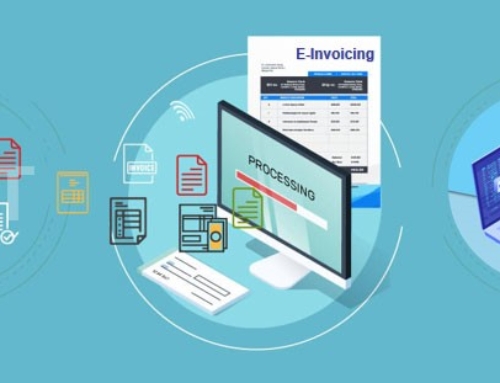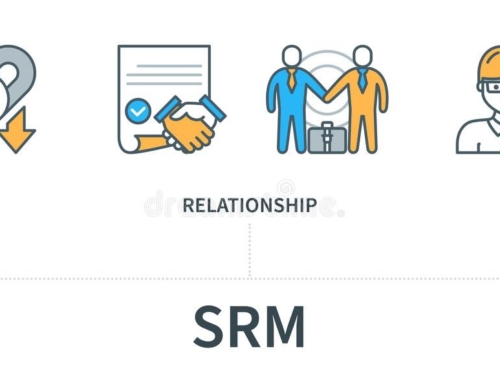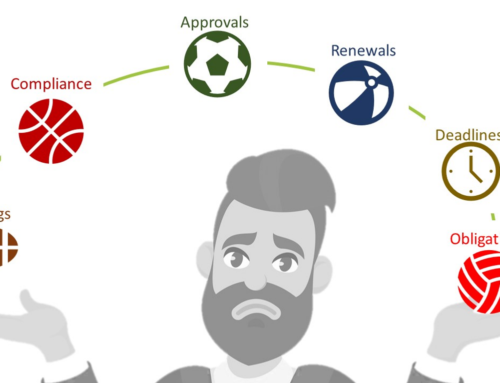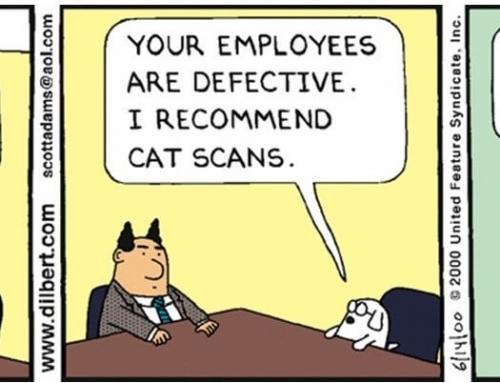…take the plunge
Machine Learning and Artificial Intelligence have indeed crossed the threshold where waiting and watching is no longer an option. You have to embrace these new forces of change.
Reality 2 – But the journey has just begun
and we are none the wiser
Yes, machines are becoming intelligent and at a breathtaking pace. Yet, they have a long distance to go. There are no masters, everyone is a student – some more learned than others. There are no declared winners – every technology, every platform is on the learning curve. So, listen to experts and technology sellers by all means but keep more than a pinch of salt handy.
Reality 3 – Business still comes first
“If you don’t know where you are going, any road will get you there.”
The basics haven’t changed. Define the problem before deciding the solution. The needs and complexities of your business are different, often unique. The choices you make need to be driven by these considerations. Do not implement a fancy chatbot or an RPA platform because it worked well elsewhere. Make choices that are best suited for your specific needs.
Reality 3 – Users still matter
People will prefer people until machines become as smart as people
It takes time for users to adapt to new ways of working. Remember, email is still alive and thriving despite among employees despite better, more convenient options being available (read more here). Especially in case of bots, users need to become comfortable with the idea of a machine replacing a human at the other end. It is happening but will take time especially as most bots, with current technology, are unintelligent and may frustrate users before exciting them. Therefore, it is important to calibrate the pace of change.
Reality 4 – Risks are real, as are rewards
Innovation in this space is happening at a rapid pace. In this exciting journey, many a technology, platform and solution boats will sink; many will be merged to form larger ships; some will reach the shores after much sweat, blood and tears. There is no guarantee that the choices you make will emerge as dominant (or even relevant) over next few years. Larger players – the Microsofts, Amazons, Googles and IBMs of the world clearly have an advantage not only in terms of their financial war chest, but also because of the network effect. Sheer volume of data they process every day will make their engines more accurate, and at a faster pace. Therefore, it may be prudent to build your solutions on one of these platforms and use smaller providers only for specialized or niche requirements that are not supported by the larger platforms.
So here is your cheat sheet
- Start with your business needs or problem statement. A bot is worth it only if it saves quantifiable human effort, or helps improve customer or employee satisfaction.
- Take baby steps but draw the roadmap first.
- Be aware of the promise as well as limitations and risks while making your choices. As stated earlier, stick to larger platforms and providers for generic use cases and experiment with smaller players only for niche or specialized requirements.
- Look for synergies. Remember, in current shape of the technology, you will have more benefits accruing from integration rather than “automation”. If you are invested in a particular technology or platform stack, you may be better off building your bots on these platforms. For example, a company invested in Microsoft Azure and Office may leverage Microsoft Teams for delivering internal bot use cases. Apart from platform synergies, it minimizes disruption for employees and improves adoption.



